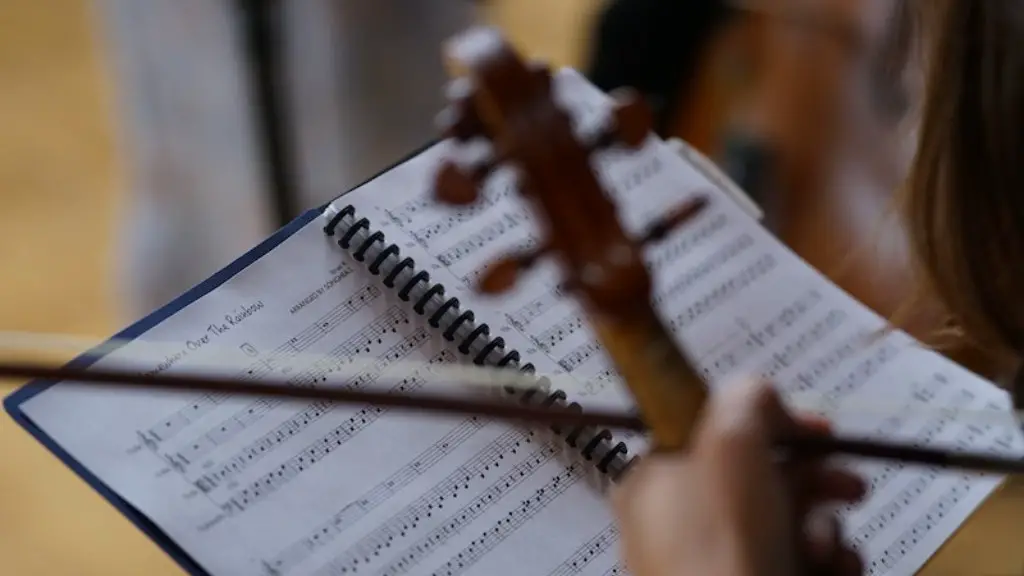What is realism? It’s a way of drawing that creates an intense, vibrant, and lifelike portrayal of the things we see around us. Drawing realistic subjects is a skill developed through patience and practice. To master the technique, take these tips into consideration.
1: Get Eyeball Close
Getting up close to your subject matter is essential when attempting to draw something in detail. Zoom in and observe the different shades, shapes, and textures that form the subject. This level of detail is impossible to capture via memory alone.
2: Don’t be Afraid of Mistakes
Making mistakes is part of the learning process. It’s important to recognize small errors and then make appropriate corrections. Whether it’s a case of not shading a certain area of the subject properly or getting the shape wrong, it’s vital to recognize these issues and then fix them. It may take a few attempts to get the desired result, but the effort is worth it.
3: Use a Variety of Materials
One of the keys to realism in art is using a variety of media. You can mix and match different materials to create something unique. Consider using charcoal or pastels to emphasize elements of the drawing and produce a more spirited and realistic effect.
4: Draw With Fresh Eyes
This tip goes hand-in-hand with the previous one. It’s important to take a step back from the drawing periodically to get a “bigger picture” view. This helps identify any issues that may have been overlooked during the drawing process, allowing for corrections to be made on the spot.
5: Develop an Eye for Contrast
Realistic drawings are often about more than duplicating the subject matter in detail. Instead, realists use shading to add depth and contrast to their drawings. Take the time to shade the areas appropriately, making sure to make use of the full range of tones and shades. This will ensure that the drawing has the appearance of a real-life scene.
6: Use Reference Photos and Models
If you struggle to draw a certain subject matter, use reference photos or models to assist in the process. Utilizing reference material can be a great way of ensuring that the subject is drawn in an accurate and realistic fashion.
7: Study Other Realists
For inspiration, study the work of established realists. You’ll learn a lot about the techniques, materials, and principles that great realists employ. By witnessing how other artists approach the craft, you can refine your own technique and realize the goal of becoming a great realist.
8: Have Fun and Experiment
The key to realism is to not take the process too seriously. Yes, it’s important to take the drawing seriously, but also remember to have fun and experiment. Don’t be afraid of trying out different techniques and materials, as this will help you to develop as a realist.
9: Make Use of Free Resources
The internet is an amazing resource for budding realists. A variety of videos, resources, and tutorials are available to help refine your technique. These resources provide a great foundation on which to build, enabling you to become a great realist.
10: Appreciate the Finished Product
After spending a considerable amount of time and effort on your drawing, it’s important to take the time to appreciate the finished product. It’s easy to become overwhelmed by the whole process and forget about the joy of finishing a masterpiece.
Take these tips on board and you’ll have the skills you need to draw realism in no time. Here are four more sections of five paragraphs each to expand on the topic further:
11: Increase Your Drawin Speed
Drawing realistically takes time, but there’s an easy way to speed up the process. Practice and repetition will help you to increase your speed over time. It’s important not to rush the process, but by practicing and making use of time-saving techniques, you’ll be able to draw realistic images faster than you could have imagined.
12: Get Comfortable With Complex Shapes
Realism involves drawing complex shapes and textures. To achieve the desired result, draw the subject matter from different angles and become familiar with its form. Create simple shapes first and then add the details. This will help to make the drawing process easier.
13: Make Sure The Drawing is Balanced
Once the drawing is finished, take the time to step back and look at it from a distance. Make sure the weight and lighting feel balanced. If it looks off, make the necessary adjustments. This will help ensure that the drawings appears as realistic as possible.
14: Use Reference Points
When drawing something in detail, use reference points. This will help to ensure that the proportions, shapes and sizes are accurate. Use lines and points to guide you, ensuring that you have everything in the right position.
15: Practice Drawing Every Day
Regular practice is essential when learning to draw realistically. Take the time to draw something every day. Work on different subject matters and experiment with different techniques. Through practice and repetition you’ll naturally refine your technique, eventually mastering the art of realism.


